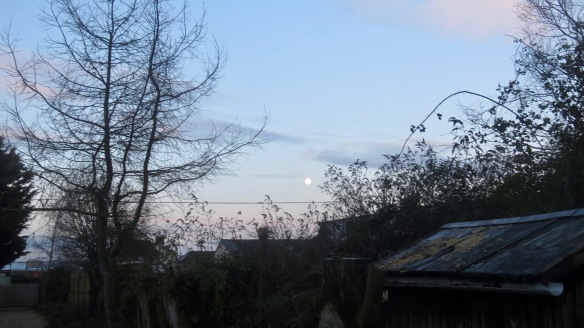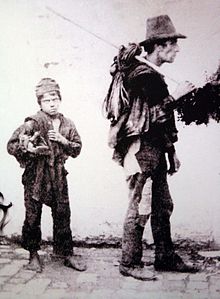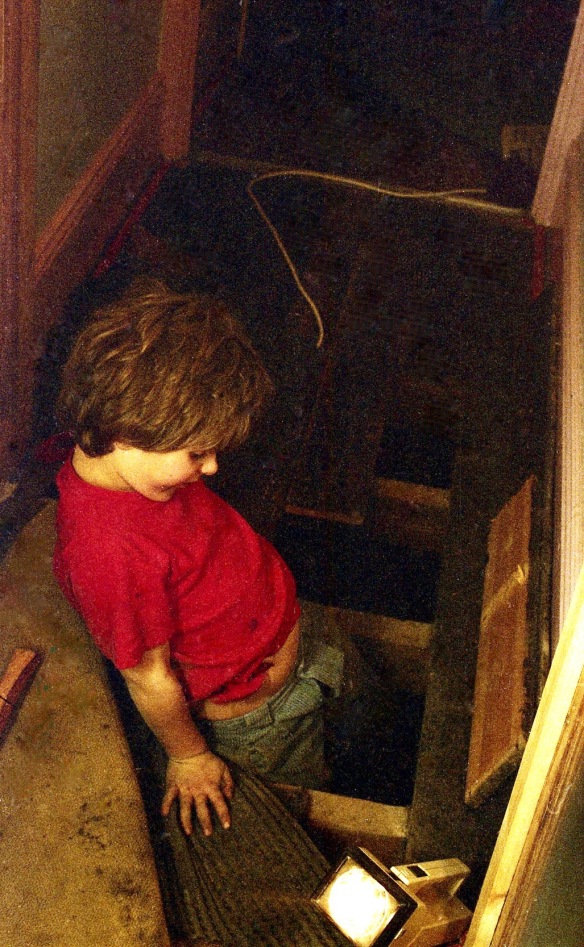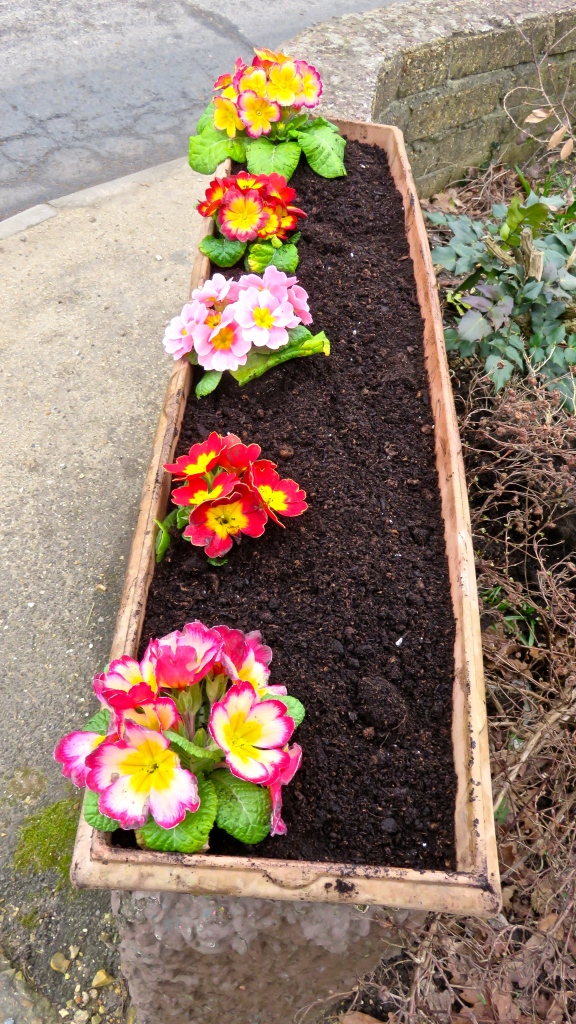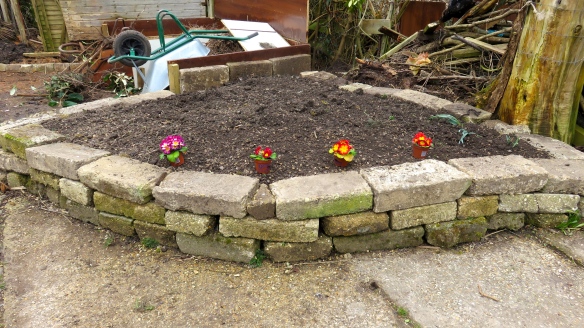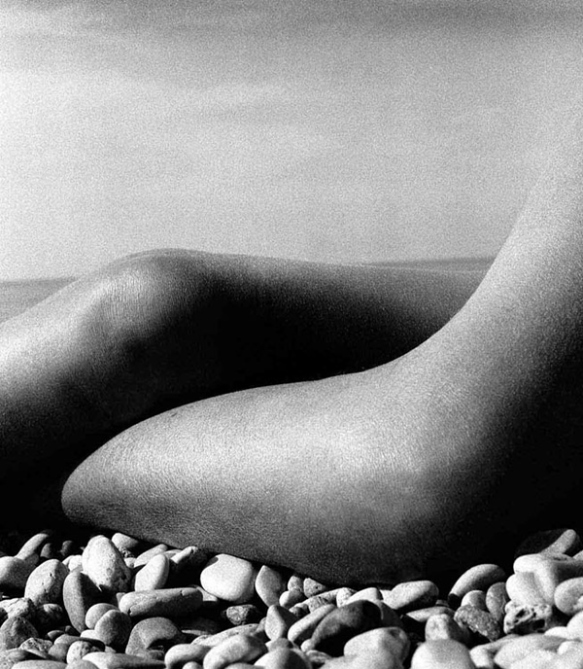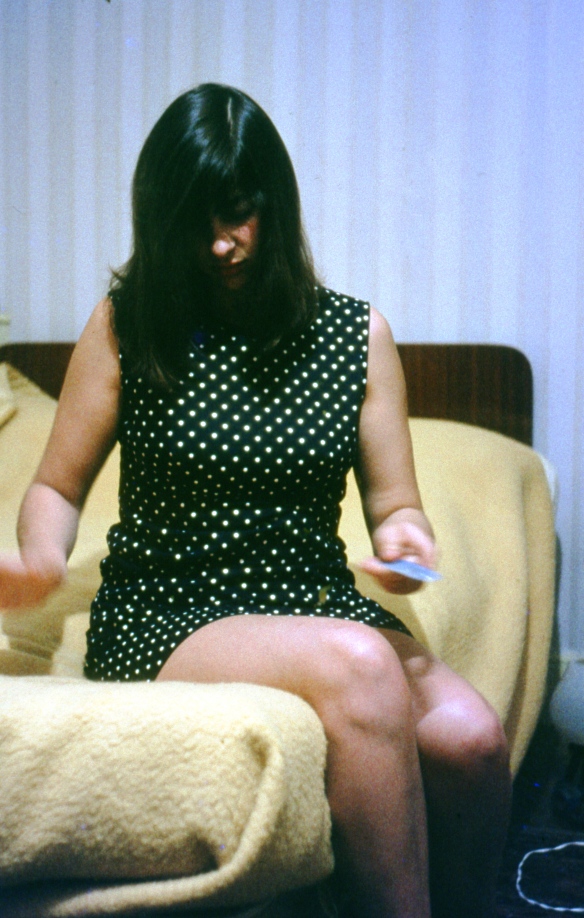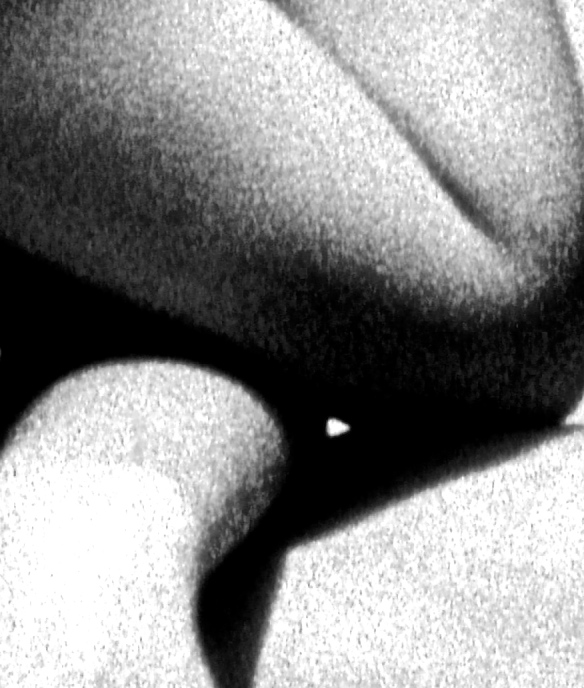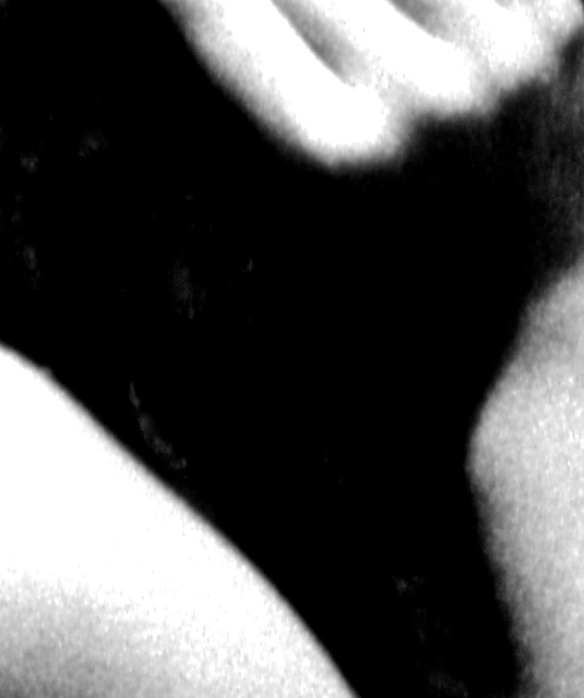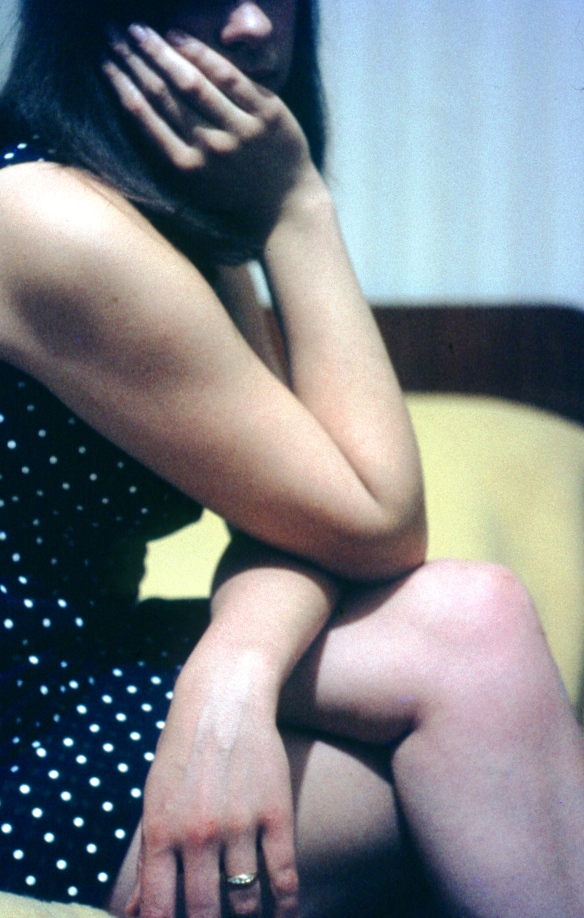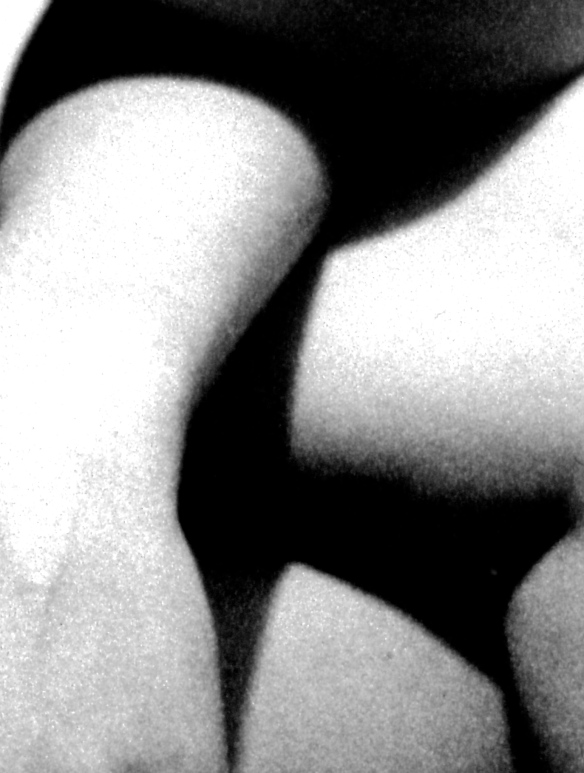Although we were not beset by the snow that has blanketed most of the UK, this was the coldest day here since our central heating system has not been functioning, so we set off in steady, icy, rain for a forest drive.
I was not in the mood for being inspired to photograph gloomy raindrops on the windscreen, through which to capture spray thrown up by vehicles, headlights reflected in waterlogged tarmac, or even dripping donkeys; even less to stir tingling fingers and toes from the Modus.
Prepared to return home without a picture we settled on brunch at
The Brockenhurst Buttery.
While awaiting for Jackie’s home cooked macaroni cheese and my
ham, eggs, and chips, I had plenty of time to study the
windows facing me.
“Crown glass was an early type of window glass. In this process, glass was blown into a “crown” or hollow globe. This was then transferred from the blowpipe to a punty and then flattened by reheating and spinning out the bowl-shaped piece of glass (bullion) into a flat disk by centrifugal force, up to 5 or 6 feet (1.5 to 1.8 metres) in diameter. The glass was then cut to the size required.[1]
The thinnest glass was in a band at the edge of the disk, with the glass becoming thicker and more opaque toward the center. Known as a bullseye, the thicker center area around the pontil mark was used for less expensive windows. To fill large window spaces with the best glass, many small diamond shapes were cut from the edge of the disk, and then some might be halved into triangles. These were mounted in a lead lattice work and fitted into the window frame.
Crown glass was one of the two most common processes for making window glass until the 19th century. The other was blown plate. Crown glass window panes with ceramic frames have been found at Soba East, the medieval capital of Alodia. They are only 110–115 millimetres (4.3–4.5 in) in diameter and were probably used to provide light in storerooms.[2] The process of making crown glass window panes was perfected by French glassmakers in the 1320s, notably around Rouen, and was a trade secret. Hence crown glass was not made in London until 1678.
Crown glass is one of many types of hand-blown glass. Other methods include: broad sheet, blown plate, polished plate and cylinder blown sheet. These methods of manufacture lasted at least until the end of the 19th century. The early 20th century marks the move away from hand-blown to machine-manufactured glass such as rolled plate, machine drawn cylinder sheet, flat drawn sheet, single and twin ground polished plate and float glass.[3]” (https://en.wikipedia.org/wiki/Crown_glass_(window)
Prompted by the beautifully photographed and timely post, “Where Have All The Flowers Gone?” from equinoxio21.wordpress.com·
I returned to my earlier post
in order to emphasise the section about the widowed casualties of the First World War. I have retained the original post title but changed the header picture drawing attention to the last, but not least, story on the post.
This had 27 pictures missing. Fortunately I traced them in my iMac Photos by the date of the post. They all bear their titles in that archive, so I was able to reinsert them into the post hoping I had interpreted my text correctly. I changed the original header picture.
With this one I managed to have two copies of the header in the body of the post, and can’t take one out. Never mind, they are pretty flowers.
This evening we dined on Jackie’s trademark cottage pie; firm cauliflower, carrots, and Brussels sprouts, with which she drank Hoegaarden, and I finished the Malbec.






